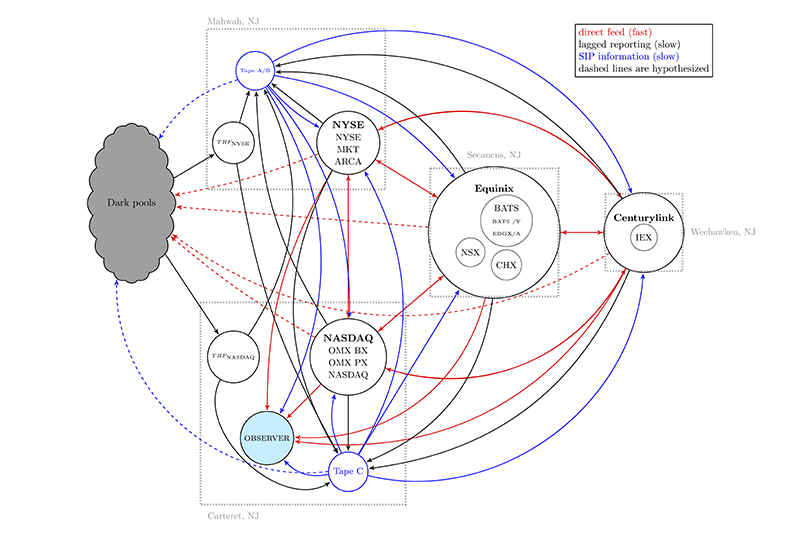Dr. Ibram X. Kendi, “New York Times” bestselling author and founding director of the Antiracist Research and Policy Center at American University, will give the keynote speech during a week of events included in the University of Vermont’s annual MLK Celebration, Education and Learning Series, January 21-30.
An acclaimed historian, Kendi leads a first-of-its-kind center in Washington, D.C., dedicated to eliminating racist policies that perpetuate racism and racial inequity in America. His book “Stamped from the Beginning: The Definitive History of Racist Ideas in America” won the 2016 National Book Award for Nonfiction and his recent book, “How to Be an Antiracist,” is a “New York Times” bestseller. Kendi is a contributing writing for “The Atlantic,” in which he writes thought-provoking essays about race in America and racial inequity for the publication’s “Ideas” column. He is a professor of history and international relations at American University.
Tickets are free and required for Kendi’s keynote speech on Tuesday, January 28. Tickets will be available online or at the Miller Information Desk, located on the third floor of UVM’s Dudley H. Davis Center, beginning January 21 for the UVM community and January 24 for the general public.
All events included in the 2020 MLK Celebration, Education and Learning Series are free and open to the general public, with the exception of Damien Sneed’s “We Shall Overcome” performance. This year’s events include:
- MLK Happy Birthday Party: Birthday cake and refreshments will be served to mark the life, legacy and 93rd birthday of Rev. Dr. Martin Luther King, Jr.
Tuesday, January 21 | 11:30 am – 1:30 pm | Dudley H. Davis Center, first floor
- MLK Health Equity Lecture, Featuring Mercedes Carnethon: Cardiovascular disease epidemiologist Mercedes Carnethon will present “Racial Segregation and Obesity: An Unhealthy Connection.” Carnethon is a professor of preventative medicine at Northwestern University’s Feinberg School of Medicine, where she studies cardiovascular disease and focuses on health behaviors among various populations defined by race/ethnicity, age and gender.
Wednesday, January 22 | 5:30 pm – 7:30 pm | Larner Medical Education Center, Sullivan Classroom, Room 200
- Damien Sneed’s “We Shall Overcome”: Inspired by the words and actions of Rev. Dr. Martin Luther King, Jr., Sneed presents a repertoire of African-American music traditions that moved generations of civil rights activists. Performed with the Burlington Ecumenical Gospel Choir, “We Shall Overcome” spans the lineage of music and culture from traditional and modern gospel, jazz, Broadway and more, accentuated by excerpts from King’s speeches. Discounted tickets are available for $10 to students, faculty and staff who purchase tickets in-person at the Flynn Tix Regional Box Office lobby window and present a valid UVM ID. (Limited to one discounted ticket per UVM student and two discounted tickets per faculty/staff member.)
Wednesday, January 22 | 7:30 pm – 9:00 pm | Flynn Center for the Performing Arts, 153 Main Street, Burlington
- MLK Gospel Music Commemorative Concert, Featuring the New Alpha Gospel Choir: The New Alpha Gospel Choir is the music ministry of the New Alpha Missionary Baptist Church, host of the annual Gospel Fest and founder of the Burlington Ecumenical Gospel Choir, a racially, culturally and religiously diverse choir of Vermonters.
Thursday, January 23 | 7:00 pm – 8:00 pm | Ira Allen Chapel, 26 University Place, Burlington
- Rev. Dr. Martin Luther King, Jr. Celebration Keynote Speech by Dr. Ibram X. Kendi: UVM welcomes historian and bestselling author Dr. Ibram X. Kendi as the 2020 MLK Celebration keynote speaker. Kendi joins an impressive roster of past speakers, including former NCAA Chair Benjamin Jealous, BET News host and professor of media studies Dr. Marc Lamont Hill and the “smallest freedom fighter” named by Dr. Martin Luther King, Jr., Sheyann Webb-Christburg. This is a ticketed event. Tickets are free and available to UVM community beginning January 21 and to the general public beginning January 24 online or during business hours at the Miller Information Desk, located on the third floor of UVM’s Dudley H. Davis Center.
Tuesday, January 28 | 4:00 pm – 5:30 pm | Ira Allen Chapel, 26 University Place, Burlington
- Lift Every Voice: Celebrating Our Creativity and Commitment: A diverse group of artists share their creative responses to oppression and injustice, and celebrate love, resilience and resistance through spoken word, movement and more.
Thursday, January 30 | 7:00 pm – 8:00 pm | Interfaith Center, 400 S. Prospect Street, Burlington
These events are organized by the Office of the Vice President for Human Resources, Diversity and Multicultural Affairs in collaboration with President Suresh V. Garimella, Department of Student Life, Larner College of Medicine and the Interfaith Center.
To request a disability-related accommodation, please contact the Office of Diversity, Engagement and Professional Development at (802) 656-8833.
Source: UVM News

